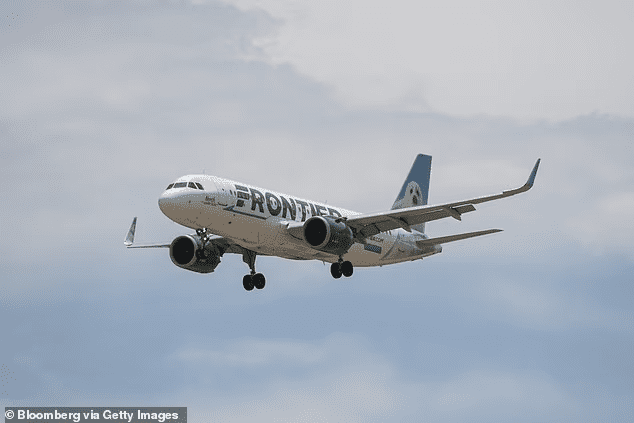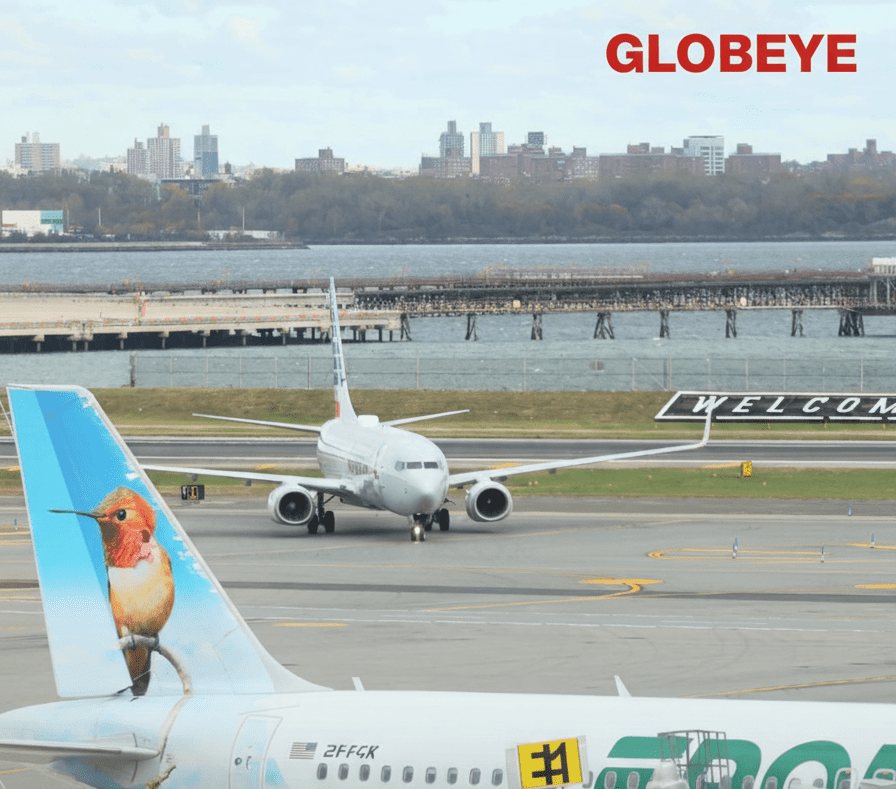Chaos at three major New York airports as wild gusts and a government shutdown force complete ground stop at JFK
An unexpected perfect storm of brutal winds and federal staffing shortfalls brought New York City’s key air travel arteries to a grinding halt this Friday, as John F. Kennedy International Airport was forced to ground all flights, a dramatic development that reverberated through the region’s aviation system. The shutdown also extended to LaGuardia Airport and Newark Liberty International Airport, which together serve the greater metropolitan area. The dual pressures of gusts nearing 45 mph and a weakened air traffic control workforce amid an ongoing government funding lapse turned what should have been routine arrivals and departures into a saga of delays and stranded passengers.

Officials at JFK confirmed that a “ground stop” was issued for all outbound flights until at least 7:30 p.m. Friday. During that period, some 36 planes per hour were held back from departure, while arriving traffic was diverted or delayed. At LaGuardia, average delays ballooned to two hours, with some flights waiting up to five hours. Newark reported delays approaching one hour and 40 minutes. Agencies at all three airports attribute the wide-scale disruption to a combination of extreme weather and a reduced staffing roster at the regional air-traffic control centers tied to the 31-day federal shutdown.
Travelers described scenes of confusion and frustration. One family, awaiting a connection at JFK, said they watched as gate after gate grew silent while ambient monitors flickered with “check with airline” prompts. Another passenger at LaGuardia remarked that gusts so fierce they rattled windows were followed by an announcement that no take-offs or landings would proceed “until further notice.” For many in the region, this wasn’t just a delay — it was a marker: that when nature and structural strain converge, even major city airports falter.

Weather models had forecast the wind advisory well in advance, citing possible gusts in the 40 to 50 mph range. Controllers and airport authorities say the gusts exceeded safe operational thresholds, making taxiing, take-offs and landings dangerously unpredictable. Meanwhile, the staffing shortfall added strain: according to internal agency data, the Central Air Traffic Control room that serves the three-airport cluster has operated at reduced capacity since the shutdown began earlier this month. That reduction left fewer backup controllers available when flights had to be rerouted or held.
Despite the operational breakdown, no safety incident was reported. Flights held on the ground were safely contained, and arrivals were diverted or delayed with coordination among airline partners and federal overseers. Yet the ripple effects were massive: airports across the East Coast reported “knock-on” delays, as grounded flights meant no outbound seats, no inbound unburdenings and a mounting backlog in arrival slots. Some travelers found themselves overnighting unexpectedly in layover cities; others abandoned plans altogether.

In a statement, the city’s emergency management office urged people slated to travel Saturday to check with their airline before heading to the terminal, to expect lingering disruptions and to allow extra time for check-in and security screening. Airlines implementing proactive re-booking and refund protocols said they anticipated large numbers of cancellations or changes as the backlog cleared.
For New York City and its airports, the experience highlights a vulnerability: what happens when the delicate balance of weather, staffing, demand and infrastructure tilts. Even mega-hubs like JFK, LaGuardia and Newark are not immune when the forces align. The shutdown’s role in this disruption remains under scrutiny, and aviation analysts say recovery may take days as crews, terminals and runways rescale their operations and clear the backlog.
As Halloween weekend travel looms and regional flights reschedule, the question hanging over the terminals is whether this event is a one-off hurdle or a harbinger of deeper systemic stress. The skies may clear; the delays may ease. But Friday’s stand-down across New York’s busiest airports will leave travelers, airlines and regulators alike questioning just how robust the system truly is when both nature and government falter.



